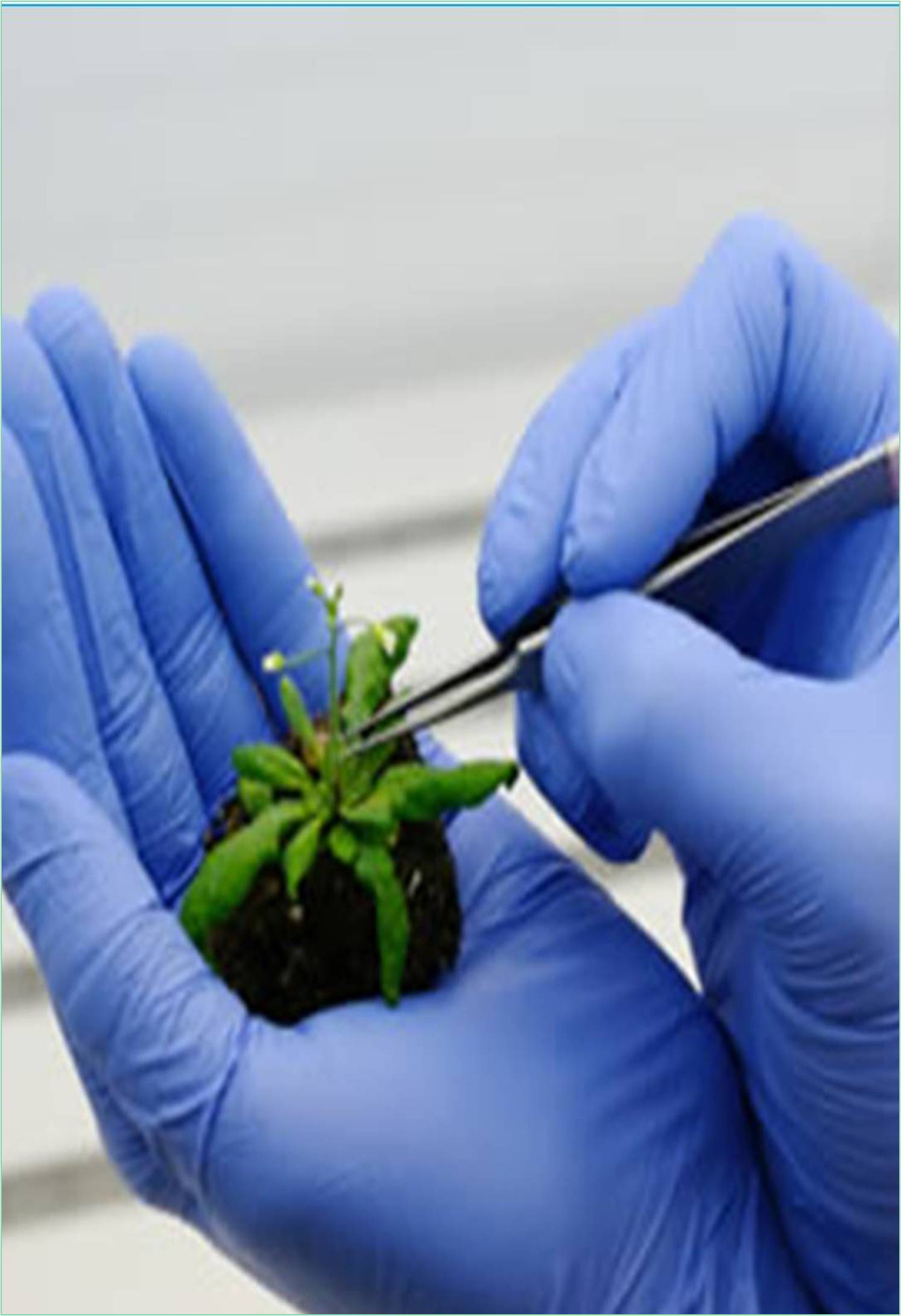



Received: 01-Jul-2022, Manuscript No. GJBB-22-74410; Editor assigned: 04-Jul-2022, Pre QC No. GJBB-22-74410 (PQ); Reviewed: 18-Jul-2022, QC No. GJBB-22-74410; Revised: 25-Jul-2022, Manuscript No. GJBB-22-74410 (R); Published: 02-Aug-2022, DOI: 10.15651/GJBB.22.10.040
Photorespiration is a cyclic respiration process that happens in photosynthetic cells and results in CO2 removal. Dicker and Tio discovered the term photorespiration in tobacco plants in 1959. The phrase photorespiration is combination of two words: photo means light, and respiration means to take in O2 and give out CO2. Because the first stable result is phosphoglycolate, which contains two carbon molecules, photorespiration is also known as the C2 cycle, oxidative photosynthesis cycle, or glycolate route. Photorespiration is a cyclic respiration process that happens in photosynthetic cells and results in CO2 removal. Photorespiration occurs most commonly in C3 plants such as beet, bean, cotton, rice, wheat, barley, and so on. Photorespiration interferes with the Calvin cycle's ability to work properly.
When the concentration of CO2 is low, the temperature is high, and the concentration of O2 is high, Ribulose-1,5- bisphosphate carboxylase oxygenase (RuBisCO) works as an oxygenase enzyme. When the CO2 concentration is high, the temperature is low, and the O2 concentration is low, RuBisCO operates as carboxylase. Different stages of photorespiration occur in various cell organelles such as chloroplasts, peroxisomes, and mitochondria throughout the cycling of various organic compounds.
Chloroplast
Photorespiration begins in the chloroplast with the RuBisCO enzyme creating a link between RuBP and O2 molecules. When RuBP binds to O2, it breaks into phosphoglyceric acid (PGA) (3C) and phosphoglycolate (2C). The Calvin cycle makes use of PGA.
Then, in the presence of the enzyme phosphatase, 2- phosphoglycerate loses its phosphate group and is transformed into glycolate. Glycolate is released from the chloroplast and diffuses into the peroxisome.
Peroxisome
Glycolate is converted to glyoxylate and H2O2 by glycolate oxidase enzymes.
The enzyme glutamate-glyoxylate transaminase then catalyses a transamination process that converts glyoxylate to the amino acid glycine. This glycine will now enter the mitochondria via diffusion.
Mitochondria
Two glycine molecules united to generate one serine (3C) molecule and one CO2 molecule. This CO2 molecule is released as a result of a 25% CO2 loss in mitochondria.
Photorespiration is found exclusively in plants that have a dark reaction as part of the Calvin cycle (C3 plants), but it is absent in C4 plants, according to research on plants that have and do not have it. Photorespiration occurs in temperate plants; however it does not occur in tropical ones. There is no evidence of ATP production in the reaction pathway. Because this pathway occurs in a low CO2 environment, it is thought that this mechanism was frequent in earlier evolution eras when CO2 levels in the atmosphere were very low, and it has been inhibited as CO2 levels in the atmosphere have increased. The presence of photorespiration reduces plant photosynthetic efficiency. Scientists are eager to create plants with lower levels of photorespiration. Genetists are working hard to create C3 plant strains with low photorespiration rates. These attempts are being made with the understanding that this process is excess and non-essential in plants. Scientists believe that photorespiration serves a protective and supporting role in reducing oxygen harm to chloroplasts. By absorbing O2, the mechanism aids in the maintenance of a low oxidative state in the chloroplasts of C3 plants. Oxygen free radicals are harmful and can damage organelles, while photorespiration keeps oxygen free radicals.